
Ingmar Bergman and Herschell Gordon Lewis walk into a bar, a magical pub populated only with filmmakers. Seated in a smoky corner lit via neon beer sign, Ed Wood and Andrei Tarkovsky gab about science fiction over a couple of bourbons. Elsewhere Lynne Ramsay chalks her pool cue while she debates Roger Corman on the importance of realism when portraying violence on screen.
This fantasy scenario unites celebrated art film auteurs with infamous exploitation directors. And every cineaste who adores both halves of the cinematic yin-yang wishes such a harmonious place existed, though we take comfort in the fact that some films create a perfect synthesis of arthouse motifs and grindhouse silliness.
The following list chronicles ten of those motion pictures, showcasing pieces of cinema that prove how placing mismatched notes beside one another makes the loveliest music.
1. You Were Never Really Here
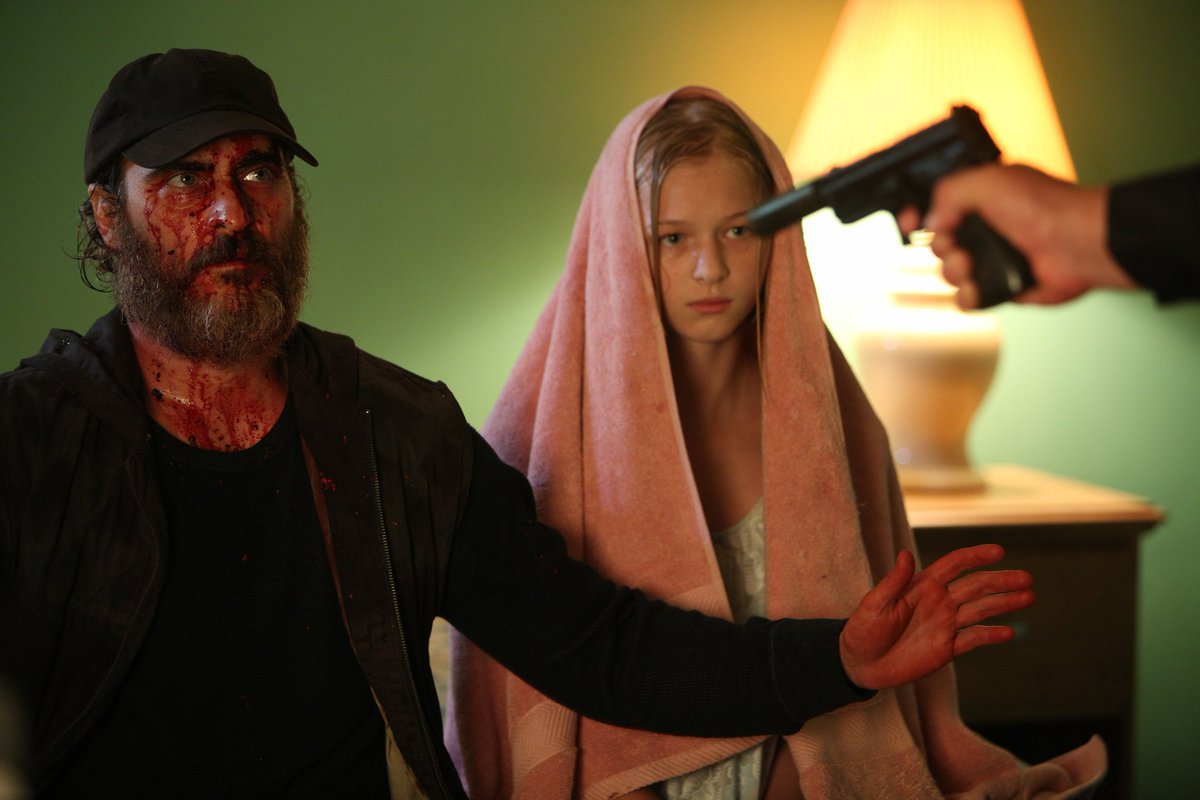
Grindhouse connoisseurs define their genre of choice through its depiction of violence. This characteristic transcends all other elements on the rubric, and You Were Never Really Here clears the brutality hurtle with ease. After all, the story follows a PTSD-riddled veteran turned vigilante who uses a ball-peen hammer to cave in the faces of child predators.
If arthouse aims to explore the intricacies of human motivation and grindhouse shows us the aftermath of psychotic breakdowns, then Lynne Ramsay’s fourth film pulls off a brilliant balancing act. The film oscillates between moments of brutality and tenderness, human decay and human decency. In one regard, Joe, our protagonist, speaks in a soft, almost nurturing tone, especially when communicating with the aging mother he cares for at home. At the same time, we understand why he chooses to hunt down and bludgeon those who harm young girls.
Flashbacks of his history show us how and why the brain’s wiring short circuits in the instant. Once you receive the wrong kind of push, from the wrong kind of person, you go quite berserk. In fact, Joaquin Phoenix, the film’s principal actor, listened to a recorded loop of fireworks exploding, a technique that allowed him a small preview of the soundtrack playing on repeat for war veterans and crime victims forced to live with post-traumatic stress. In the end, the director refuses to fetishize violence, though she shows no mercy in revealing the reality of it, culminating in a flawless blend of two cinematic categories.
2. Lady Snowblood
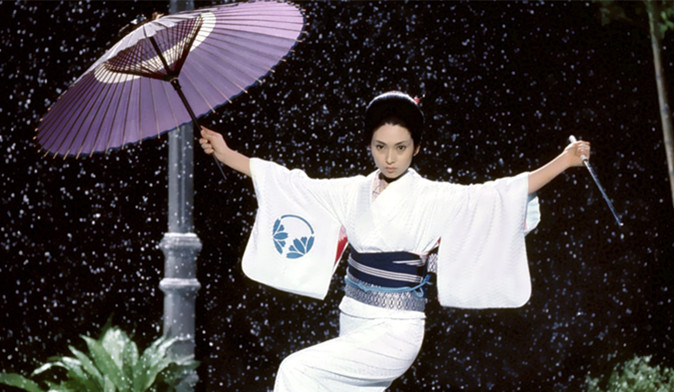
Arthouse and grindhouse both involve a sense of self-awareness, a nod and a wink for the cardigan-clad grad students who use these films as fodder for cocktail party conversations. In this regard, Lady Snowblood provides the most mileage of any motion picture appearing on this list. From the metal-swishing sound effects that accent kitana swipes to the candy-apple red blood that spews like a carbonated stream from limbs those blades lop off, Lady Snowblood gathers everything we love about revenge flicks and unspools those tropes with vaudevillian colorfulness.
It revels in its own postmodern artifice, creating a rich spectacle that director Toshiya Fujita ensures the audience remains cognizant of from start to finish. The hyperbolic dialogue alone provides evidence of this, e.g. “People say you can’t wash away the mud of this world with pure white snow. You need asura snow – stained fiery red.”
Almost every piece of writing on Lady Snowblood mentions how the film provided the chief inspiration behind Quentin Tarantino’s Kill Bill duology. Look at the blood that gurgles from opened necks and the cold nonchalance our revenge-obsessed protagonist shows as she slices off arms and heads, and the influence becomes clear. But where the latter picture functions as a love letter to chanbara cinema, the former focuses on presenting grotesque subject matter under the most elegant light.
3. Body Double
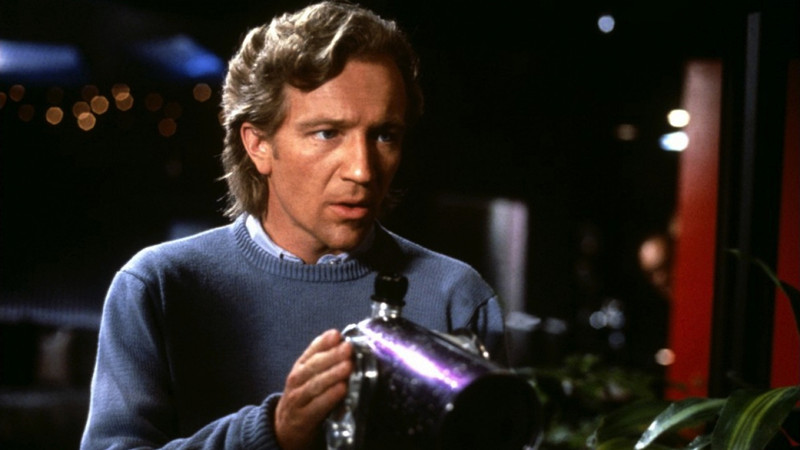
Every single night, a woman performs a ritualistic striptease number. The audience knows this, because the protagonist figures it out first. In fact, he uses a telescope to gain a more intimate/intrusive look, making us voyeurs by proxy. Now add this to the equation: our hero, the peeping tom Jake, works as an actor, one who lost a job as an eyeshadow-clad b-movie vampire. The dismissal came in light of Jake’s claustrophobia, a debilitating fear that renders him unable to complete scenes that place him inside a coffin, a plot point that comes into play later.
The plot grows becomes evermore absurd and complex. From there, we see theatrical violence on par with Slumber Party Massacre 2 (read: unorthodox murder weapons enter into the fray). And, to culminate with a perfect crescendo, Jake uses his thespianic chops to audition for a speaking role in an adult film—an elaborate ruse executed in the interest of revealing the film’s central mystery, of course.
The description sounds as if director Brian De Palma went bananas, throwing his every idea into a tonally incoherent script. Yet, Body Double remains a delightful, multilayered picture that employs silliness to deconstruct the fickle nature of glamour-obsessed Hollywood. To complete its mission, the film required a designation as trash cinema. It dabbles in poor taste, sure, but its low-brow sensibilities perform a public service.
4. The Love Witch
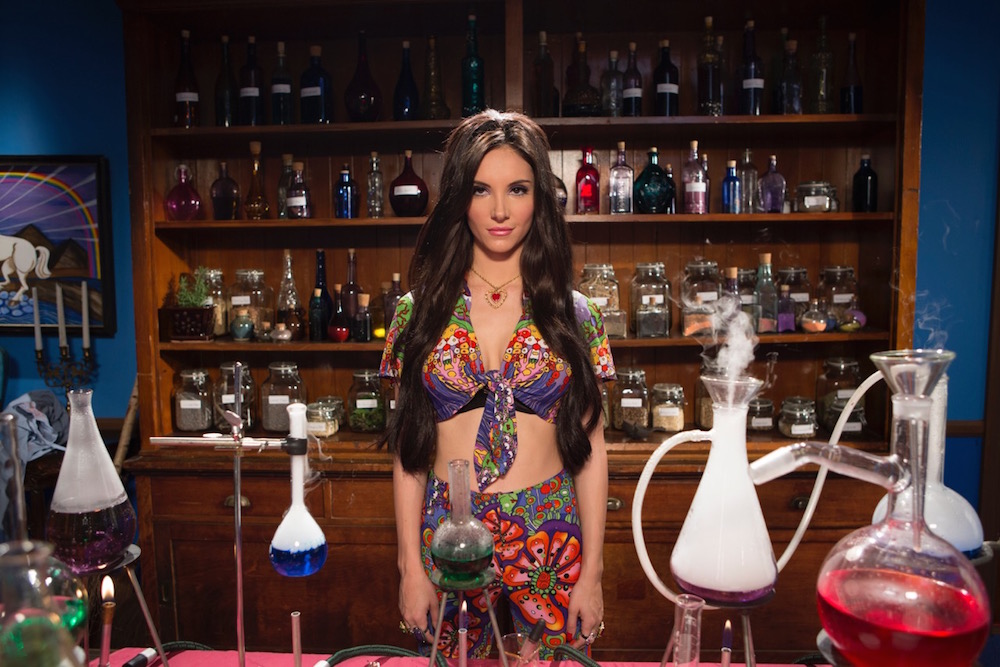
A black widow narrative about a woman who kills men with whom she mates, Anna Biller’s The Love Witch mixes together the elements that remind us why we love both highbrow and exploitation art. In this way, it strikes that delicate balance. To get specific, the film marries the dreamy technicolor that mirrors Dario Argento’s most harlequin giallo films with glib dialogue reminiscent of Beyond the Valley of the Doll’s dramatic rhetorical choices.
Yes, the influences remain clear, but rest assured that Biller made a wholly original, delightfully imaginative motion picture. The egg-shaped jewel medallions, the long shiny wigs, and the various sets of lingerie bring to light the hammy pageantry that makes b-movies so watchable. But at the same time, the farcical humor of a circle of nude witches sharing a goblet and chanting embodies the quintessential absurdity inherent with postmodern art.
Though The Love Witch relies on its over-the-top nature, its flashiness never detracts from Anna Biller’s genius as a filmmaker. In a scene where a wife finds her husband lying amid a trail of blood spatter, the camera captures the power of her scream through dollying closer, zooming in until the audience nearly sees her uvula dangling. These examples, among many others, provide a testament to the way this film shows how the siloes of art and trash play together beautifully.
5. Possession
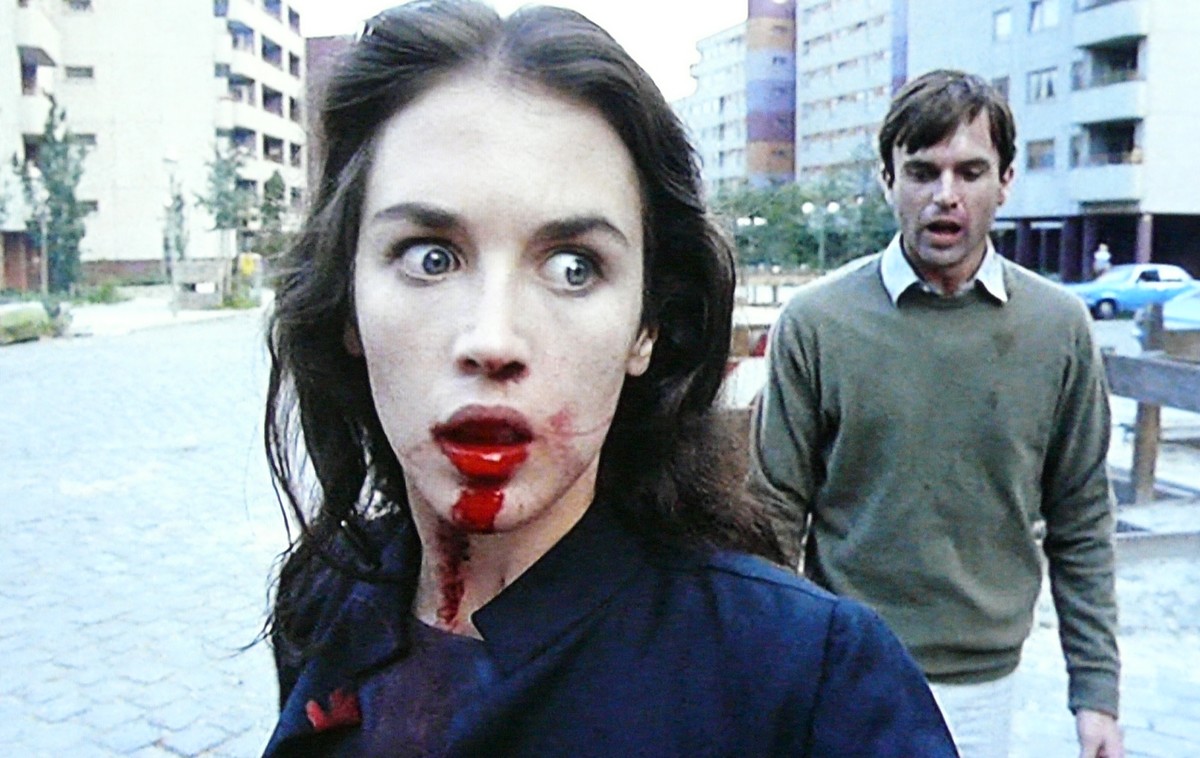
Upon its release, Possession gave audiences, critics, and censors very specific reactions, though these groups never settled on a label for the movie. Its win at the Cannes Film Festival lends an arthouse credence; however, its banning in England designates the film as “low art.” Film festival awards aside, Possession reached the censorship accolade, which marks a high honor in the grindhouse tradition.
So which category does the film fall under?
Both.
In Possession, director Andrzej Zulawski executes a perfect tightrope walk. On the one hand, marvelous beauty remains his chief cinematographic mission. On the other hand, the film stays rife with gross-out features, including sex with a squid and a gluey milk substance that pours from eye sockets. The mise-en-scene epitomizes every tenet of aesthetic judgement, the principle that dictates elegance and sophistication remain possible even when the subject matter focuses on grotesqueries.